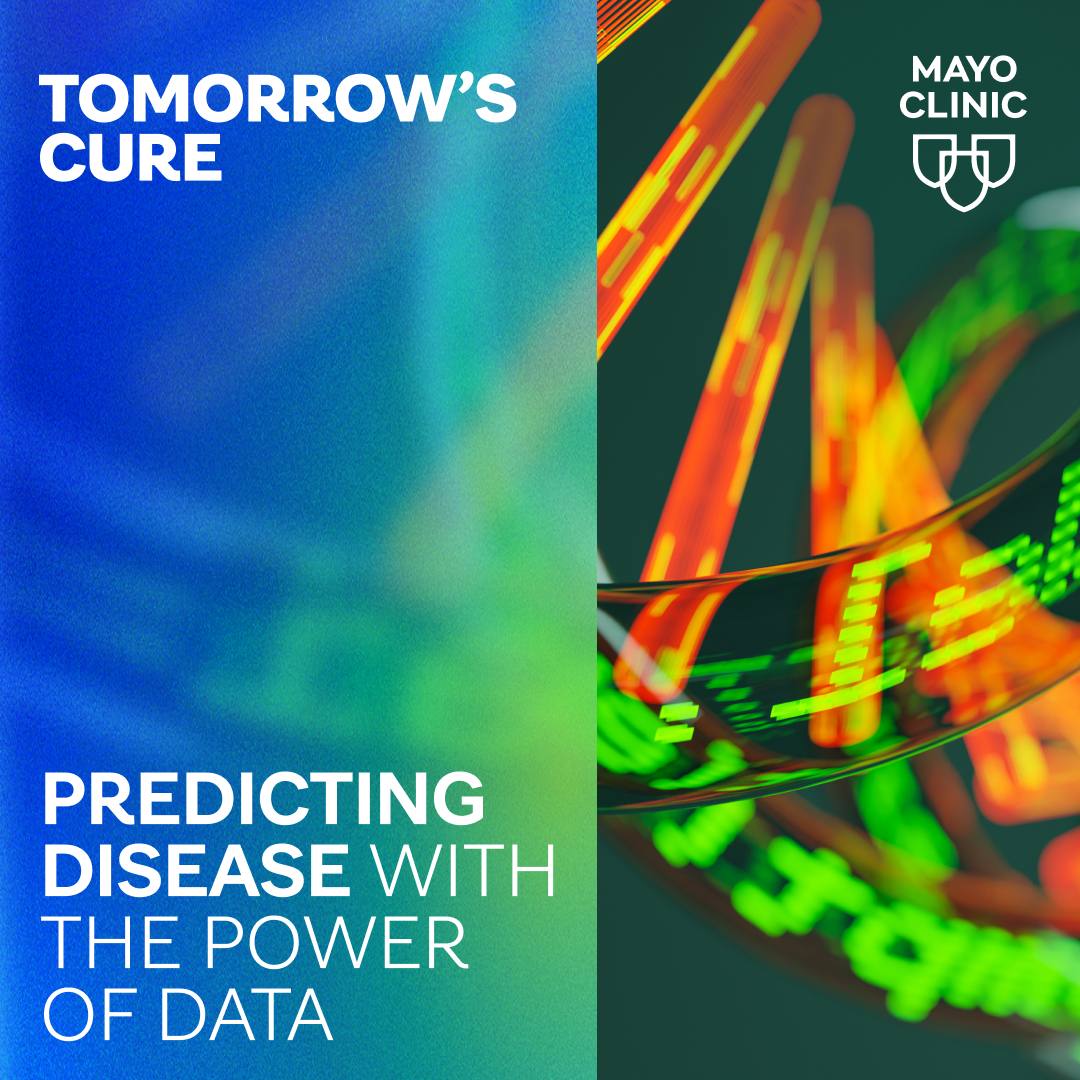-
No Increase in The Utilization of Timely Living Donor Kidney Transplants
ROCHESTER, Minn. — A kidney transplant is a life-changing and life-saving procedure. Yet, a new study conducted by Mayo Clinic and the University of Michigan shows that only one-third of patients who ultimately receive a living donor kidney transplant receive it pre-emptively (i.e., before starting dialysis). Less than two-thirds receive a transplant either pre-emptively or within a year of starting dialysis.
Existing research suggests that less time spent on dialysis before transplant can improve patient outcomes and survival after transplant. However, this new research shows there has been no increase in the utilization of what is known as timely living donor kidney transplants, which includes pre-emptive and early transplants, since 2006. The study “Under-utilization of timely kidney transplants in those with living donors,” was published recently in the American Journal of Transplantation.
MEDIA CONTACT: Ginger Plumbo, Mayo Clinic Public Affairs, 507-284-5005, Email: newsbureau@mayo.edu.
“Early referral to transplant evaluation and access to information about living donor kidney transplantation is key to a successful timely transplant and to improved long-term outcomes,” says Mark Stegall, M.D., a professor of surgery at Mayo Clinic and senior author of the manuscript. “One important area where people lack education is on how to communicate with family and friends about their need for a kidney transplant and the fact that live donors offer, on average, a better outcome than deceased donor transplantation.”
“Past studies and patient data have shown that we can improve a person’s quality of life and chance of surviving end-stage renal disease if we can avoid or minimize the amount of time they spend on dialysis,” says Ankit Sakhuja, M.B.B.S., a graduate of Mayo Clinic Renal Transplant Fellowship. He also currently is an assistant professor and director of the kidney paired donation program in the Division of Nephrology at the University of Michigan.
Mayo Clinic and University of Michigan researchers examined data from the United Network for Organ Sharing to evaluate the use of timely kidney transplants from 2000 to 2012 for 68,128 patients who received living donor transplants. Although data showed an improvement in the use of pre-emptive and early living donor transplants between 2000 and 2006, there has been no improvement since.
“Patients who are receiving transplants from compatible living donors should, theoretically, not need to go on dialysis at all,” says Dr. Sakhuja. “In comparison, patients with no living donors may wait for a deceased donor organ for a long time. But in reality, we see a wide variation in the timing of transplants and no improvement in the use of timely transplants from living donors, despite the potential availability and known benefits.”
Factors that influence a person’s chance of receiving a timely living kidney transplant are thought to include lack of available living donors, decreased number of living donors, lack of insurance, lack of education or knowledge, delayed diagnosis and delayed referral.
Paired donations and direct donation represent two viable and available options for timely living kidney transplant. Yet both can be influenced by early referral and by a patient’s understanding of their situation and the transplant evaluation process. The use of timely kidney transplant can vary greatly from one transplant center to another, based on factors including the patient population, the transplant team and its comfort in evaluating living donors, and providing prompt transplant evaluations for patients. But according to Dr. Stegall, approximately 80 percent of kidney transplants at Mayo Clinic in the past 15 years have been from living donors, with 40 percent of those being pre-emptive living donor transplants.
Currently, more than 600,000 people suffer from end-stage renal disease and are candidates for dialysis or kidney transplant. To learn more about living donor kidney transplants, visit www.mayoclinic.org/transplant.
###
About Mayo Clinic
Mayo Clinic is a nonprofit organization committed to medical research and education, and providing expert, whole-person care to everyone who needs healing. For more information, visit http://www.mayoclinic.org/about-mayo-clinic or https://newsnetwork.mayoclinic.org/.
Related Articles








